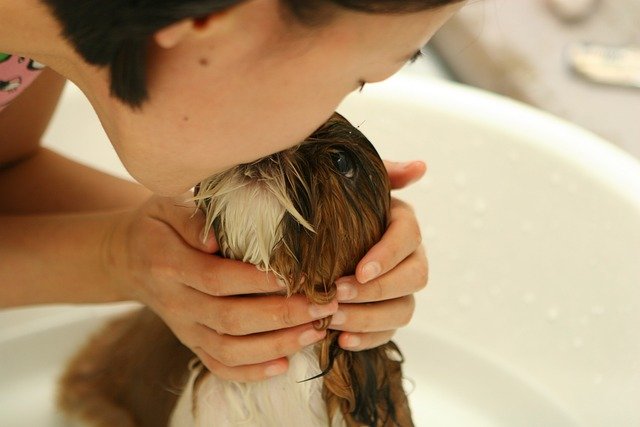Identifying common household toxins and preventing exposure
Household toxins can come from many unexpected places: pantry items, houseplants, cleaning supplies, medications, and human foods. Recognizing common hazards and learning practical prevention steps reduces accidental exposures and supports pet wellness. This article outlines typical toxins, signs of poisoning, safe handling, and everyday strategies to limit risk for pets of all ages and lifestyles.

Everyday homes contain many substances that are harmless to people but dangerous to pets. Understanding which items are common toxins, how pets are exposed, and what immediate steps to take can reduce harm. This article focuses on recognizing risk factors, adjusting routines like nutrition and grooming to lower exposure, and integrating preventive measures such as training and microchipping to support long-term safety.
What household items are common toxins?
Many household toxins fall into predictable categories: human medications (pain relievers, antidepressants), cleaning products (bleach, detergents), automotive supplies (antifreeze), and certain plants (lilies for cats, sago palm for dogs). Foods like chocolate, xylitol-sweetened items, grapes, and onions are hazardous. Even seemingly benign items—essential oils, rodent baits, and some insecticides—can cause severe reactions. Keep potentially dangerous items in secure cabinets, and identify any plants in your home or yard to verify they are pet-safe.
How can nutrition and behavior influence toxin risk?
Feeding choices and behavioral tendencies both change exposure likelihood. Free-feeding or leaving human food accessible increases accidental ingestion. Pets with scavenging behavior or separation anxiety may eat trash or chew packaging that contains toxins. Balanced pet nutrition and structured feeding reduce the temptation to seek discarded food. Addressing behavior through training, enrichment, and appropriate exercise helps minimize stress-driven chewing or scavenging that leads to toxic exposures.
Which grooming and cleaning products pose hazards?
Many grooming and household cleaning products contain concentrated chemicals that can irritate skin, eyes, or the gastrointestinal tract if ingested. Shampoos not formulated for pets, flea products meant for one species used on another, and human topical treatments can be harmful. Similarly, cleaning agents such as bleach, oven cleaners, and drain cleaners should be stored where pets cannot access them. When bathing or grooming, use veterinarian-recommended products and follow label instructions closely.
How can training, enrichment, and socialization prevent incidents?
Training and consistent routines reduce accidents. Teaching reliable recall, leave-it, and drop-it commands can stop pets from ingesting dangerous items. Enrichment—puzzles, chew toys, scent games, and regular exercise—reduces boredom and the likelihood of destructive behaviors that expose pets to toxins. Proper socialization lowers stress-related behaviors that can lead to scavenging. Combining training with safe storage and supervised access to risky areas creates layered protection against accidental poisonings.
When should you contact veterinary care or use first aid?
Recognize signs of poisoning: drooling, vomiting, diarrhea, lethargy, tremors, seizures, difficulty breathing, or sudden behavioral changes. If you suspect ingestion of a toxic substance, contact a veterinarian or an animal poison control service immediately. First-aid steps may include removing the pet from the source, preventing further access, and following professional guidance; do not induce vomiting without veterinary approval. Keep the product label or packaging to provide accurate information to responders.
What precautions help during travel, for senior pets, and for identification?
Travel introduces new risks—different plants, human foods, and unfamiliar cleaners. Pack safe food, water, and a basic first-aid kit, and secure medications and chemicals in travel bags. Seniorcare needs attention: older pets may be more sensitive to toxins and medications, so review all household substances and consult your veterinarian about safe products and updated wellness checks. Microchipping and visible ID help reunite lost pets quickly, reducing the time they might be exposed to hazards away from home.
Conclusion Reducing household toxin exposure requires a combination of identification, secure storage, informed product choices, behavior management, and readiness to respond. By reviewing common toxins, adjusting nutrition and grooming routines, reinforcing training and enrichment, and preparing for travel or senior pet needs, owners can lower risk and support pet wellness. Regular discussions with a veterinarian help tailor prevention strategies to each animal’s health, lifestyle, and environment.





